In the rapidly evolving packaging industry, the choice of equipment can significantly impact operational efficiency and profitability. A critical component for many manufacturers is the powder filling machine, which has seen substantial advancements in technology and design. According to a report by Grand View Research, the global powder filling machine market is expected to reach $1.1 billion by 2025, driven by the soaring demand for precision and speed in powder packaging across various sectors, including pharmaceuticals, food and beverage, and chemicals. With the rise of automated solutions and the increasing need for adherence to regulatory standards, selecting the right powder filling machine has become essential for optimizing production lines and ensuring product quality. This essential guide aims to provide valuable insights and tips to help manufacturers navigate the complexities of choosing the most suitable powder filling machine for their specific needs.

When selecting a powder filling machine, several key factors must be taken into account to ensure optimal efficiency and productivity. First, consider the machine type that aligns with your production needs—whether it’s a semi-automatic or fully automatic system. The choice will depend on factors such as production volume, labor availability, and budget constraints. A fully automatic machine might be ideal for high-volume operations, while a semi-automatic machine could be sufficient for smaller batches.
Another critical factor is the compatibility of the filling machine with various powder types. Different powders can have unique characteristics such as hygroscopicity, granule size, and flow properties, which affect the filling process. Ensure that the selected machine can handle the specific powders you intend to fill without compromising accuracy or efficiency. Finally, consider the machine's ease of maintenance and cleaning, as a design that facilitates quick changeovers and thorough sanitation will save time and reduce downtime in production, ultimately contributing to a more streamlined operation.
| Feature | Description | Importance |
|---|---|---|
| Filling Accuracy | Ensures the correct amount of powder is dispensed, minimizing waste and improving product quality. | Critical |
| Speed | The rate at which the machine can fill containers, impacting overall production efficiency. | High |
| Machine Size | Physical dimensions of the machine affect space utilization in the facility. | Moderate |
| Flexibility | Ability to handle various types of powders and container sizes to accommodate changing production needs. | High |
| Ease of Cleaning | Facilitates quick and thorough cleaning processes to maintain hygiene and product integrity. | Critical |
| Automation Level | Degree of automation varies, affecting labor costs and operational efficiency. | High |
| Energy Efficiency | Usage of energy-efficient components can reduce operational costs. | Moderate |
| Cost | Initial investment and operating costs must align with budget and projected ROI. | High |
When selecting the right powder filling machine, it is crucial to understand the various types available and their specific applications. Powder filling machines generally fall into several categories, including auger filling machines, vibratory filling machines, and gravity filling machines. Auger fillers are ideal for free-flowing powders, while vibratory fillers are suitable for dense or bulk powders. In contrast, gravity filling machines are often employed for powders that require a more straightforward and low-cost filling solution. Each type offers unique advantages tailored to different production needs.
In the context of the expanding powder market, such as the beetroot powder market projected to reach USD 640.5 million by 2034, the importance of selecting the appropriate filling machine becomes even more pronounced. As businesses scale their production to meet growing consumer demand, precision and efficiency in powder filling processes become critical.
Understanding the compatibility of each machine type with the specific powder characteristics, such as flow rate and particle size, is essential for maximizing throughput and ensuring the integrity of the final product. This knowledge enables manufacturers to enhance their operational efficiency and market competitiveness.
Choosing the right powder filling machine is crucial for maximizing production efficiency in the pharmaceutical industry, where the demand for high-speed and accurate filling processes is growing significantly. According to recent market reports, the pharmaceutical capsule filling machines market is poised for substantial growth, driven by an increasing need for efficient production of oral solid doses. Striking the right balance between speed and accuracy is essential, as overemphasis on one aspect may adversely affect the other.
To enhance production efficiency, manufacturers need to evaluate their specific needs and capabilities. For instance, the speed of filling machines should ideally align with the flowability of the powder being filled. A systematic review noted that pharmacopoeial methods, such as the angle of repose and compressibility index, are essential for assessing powder flowability, which can significantly influence the filling process.
Tips: When selecting a powder filling machine, consider integrating AI-based detection methods for real-time monitoring of fill weight and consistency. Additionally, ensure your chosen machine is adaptable to different powder characteristics, which can further streamline your production line for various products.
In the rapidly evolving landscape of packaging machinery, selecting the right powder filling machine is pivotal for enhancing operational efficiency. Modern powder filling equipment incorporates essential features such as precision filling, speed variability, and easy integration with automated systems. These attributes not only ensure consistent and accurate packaging but also elevate production rates, accommodating the growing demand across various industries including pharmaceuticals and food processing.
Moreover, advancements in technology have introduced innovations like smart sensors and software interfaces that monitor filling processes in real-time, reducing downtime and minimizing errors. As the sterile powder filling machine market experiences a significant upswing, manufacturers are increasingly focused on developing high-speed solutions that comply with stringent regulatory standards. Understanding these technological developments is crucial for businesses aiming to optimize their production lines, ensuring that their powder filling machines are not only efficient but also adaptable to the needs of the modern market.

Proper maintenance is crucial for maximizing the lifespan of your powder filling machine. Regular inspections should be performed to identify any wear and tear that may affect performance. Start by checking the filling nozzles and augers, as these components are prone to clogging and damage. Cleaning them after every production run helps to ensure that the machine operates smoothly and maintains the accuracy required for precise filling.
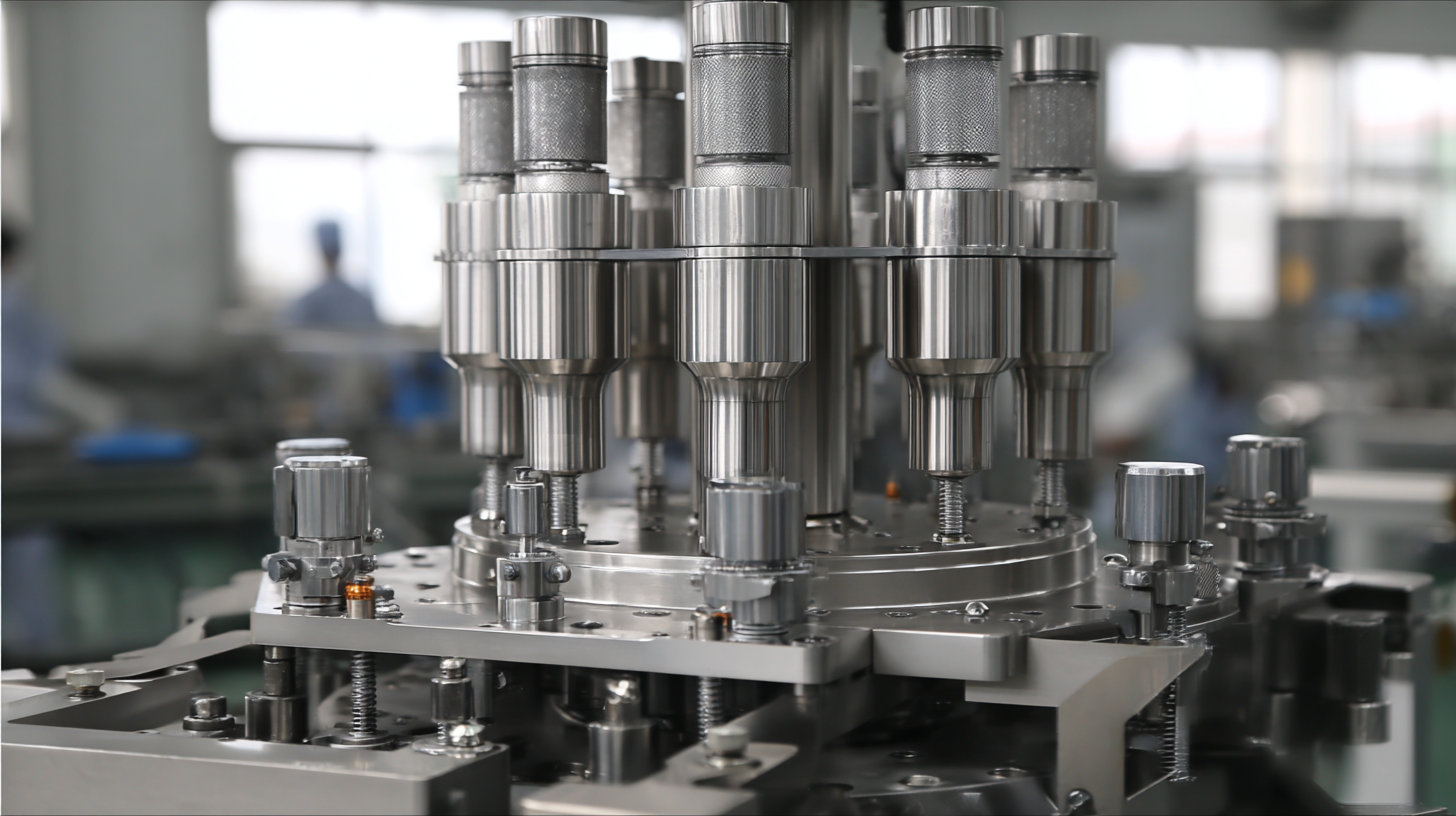
In addition, lubricating moving parts is essential to reduce friction and prevent overheating. Use the manufacturer-recommended lubricants and follow their guidelines for scheduling routine maintenance. Implement a preventative maintenance schedule that includes both daily checks and in-depth monthly examinations. This proactive approach not only extends the life of the machine but also minimizes downtime, ensuring that production sequences remain uninterrupted. By prioritizing these maintenance practices, operators can maximize efficiency and reliability in their powder filling operations.
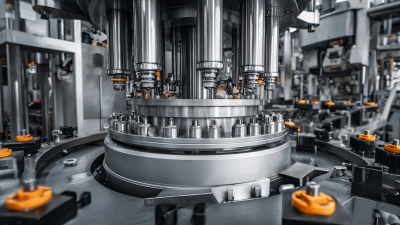
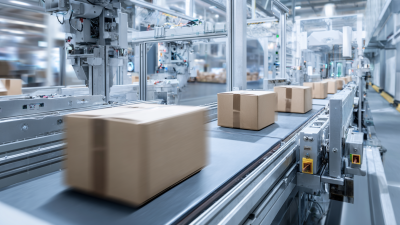

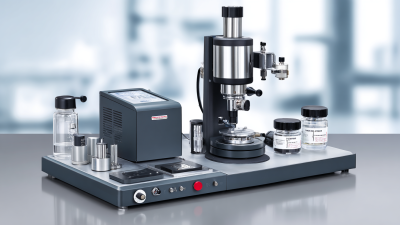

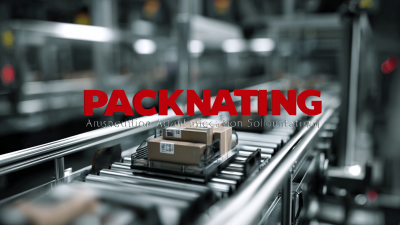
Accutek Packaging Equipment Companies, Inc. stands as one of the premier privately owned packaging machinery manufacturers in the United States.
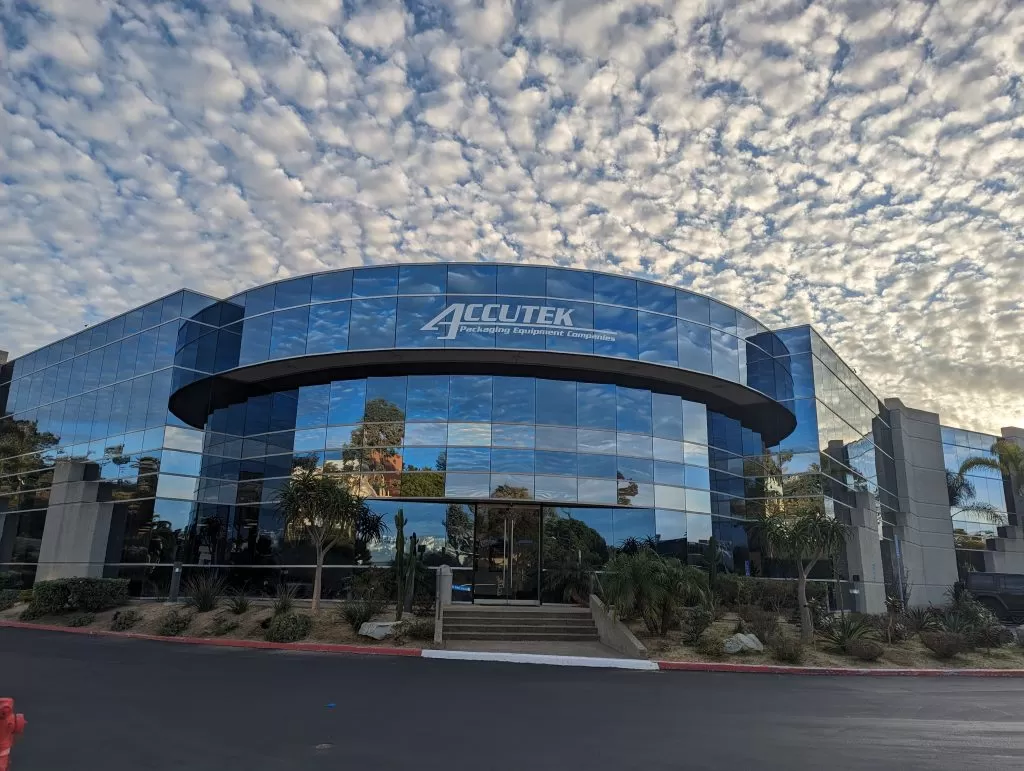
Sign up for all the news about our latest arrivals